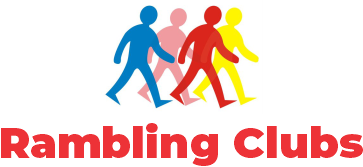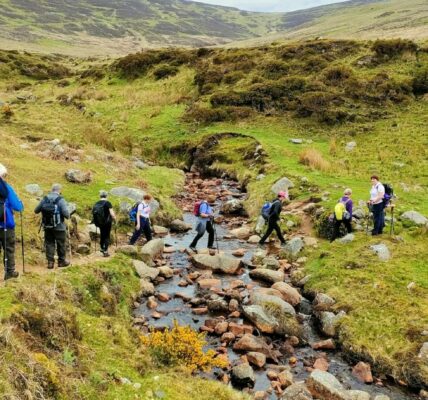When it comes to exploring the great outdoors, having basic map reading skills is essential for ramblers. A map is more than just lines and symbols – it is a valuable tool that can guide you through unfamiliar terrain, help you plan your route, and ensure that you stay safe during your adventures. Whether you are hiking in the mountains, trekking through dense forests, or simply enjoying a leisurely walk in the countryside, understanding how to read and interpret a map will greatly enhance your outdoor experience. In this article, we will explore the basics of map reading skills for ramblers, empowering you to confidently navigate nature.
1. Understanding the Key:
One of the first things to familiarize yourself with when reading a map is the key, also known as the legend. The key provides a key to deciphering the symbols and colors used on the map. It will help you understand the difference between various land features such as rivers, forests, and hills, as well as man-made structures like roads and buildings. Take the time to study the key and understand what each symbol represents to make the most of your map.
2. Scale and Distance:
Maps are scaled-down representations of real-world locations. Understanding the scale of a map is crucial for accurately estimating distances and planning your routes. The scale is typically shown as a ratio or a bar scale, which indicates the relationship between the distances on the map and the actual distances on the ground. By using the scale, you can calculate the approximate distance you will be covering, helping you plan your time and energy accordingly.
3. Contour Lines:
Contour lines are an essential feature of topographic maps. These lines connect points of equal elevation, allowing you to visualize the shape of the land and identify steep or gentle slopes. By paying attention to contour lines, you can determine the overall terrain, locate prominent landmarks, and anticipate any potential challenges along your route. Understanding contour lines will greatly enhance your ability to navigate hilly or mountainous regions.
4. Orientation and Compass:
To successfully navigate with a map, it’s important to establish your orientation. Orienting the map means aligning it with the actual landscape around you. One way to achieve this is by using a compass. The compass helps you determine north, south, east, and west, enabling you to align your map accordingly. By knowing which direction you are facing and which way you need to go, you can confidently navigate using the map as your guide.
5. Route Planning and Navigation:
Once you have grasped the basics of map reading, you can start planning your routes and navigating through nature. Identify your starting point, destination, and any major checkpoints or landmarks along the way. Study the map for possible footpaths, trails, or routes that suit your preferences. Pay attention to contours, key symbols, and distances to create a route that matches your level of fitness and desired experience. Keep your map handy during your ramble, regularly cross-referencing it with the surrounding landscape to stay on track.
Conclusion:
Mastering basic map reading skills is crucial for ramblers who want to explore and enjoy nature to the fullest. By understanding the key, scale, contour lines, orientation, and route planning, you can confidently navigate through various terrains while staying safe and aware of your surroundings. Remember, practice makes perfect, so take the time to familiarize yourself with different types of maps and challenge yourself to become an expert map reader. With these skills in your repertoire, you are ready to set out on unforgettable adventures in the great outdoors.





